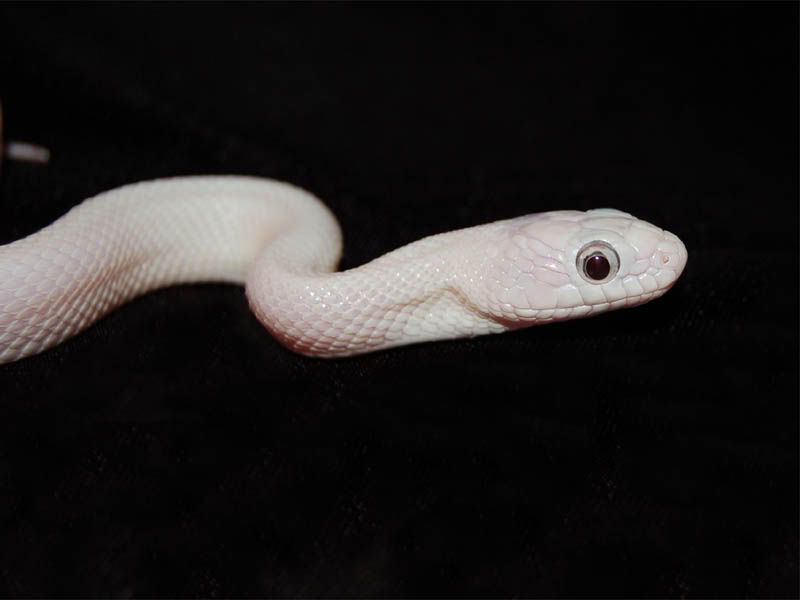From Wikipedia
"Leucisim is one of two conditions that produces apparently anomalous white animals from parents that are otherwise normally coloured.
Leucisim is often mistaken for albinism, due to the similarity in the white colour exhibited by some animals. Leucistic animals lack all colour in their skin, fur, and feathers; but have normally coloured eyes. Like albinism, leucisim can be inherited by offspring, though not as consistently or reliably, and the gene does not appear to be fully recessive as is the case with albinism.
While albinism results in an animal lacking the normal melanin (and occasionally other) pigment cells, leucistic animals retain the cells; but lack an enzyme needed to activate the pigment. Albino animals -- most notably reptiles and birds, though the phenomenon has some parallels in fish as well -- can still retain colour from erythrin (red-orange) and xanthin (yellow) pigments; unlike leucistic animals, which do not have any active pigments.
Another key difference is that leucisim can also be localized and incomplete, affecting only part of the animal (whereas albinism, anerythrism, and axanthism always affects the entire animal); with irregular patches of white on an animal that otherwise has normal colouring and patterning. This produces what is known as a "pied" or piebald" effect; and the ratio of white to normal-coloured skin can vary considerably not only between generations, but between different offspring from the same parents, and even between members of the same litter."

